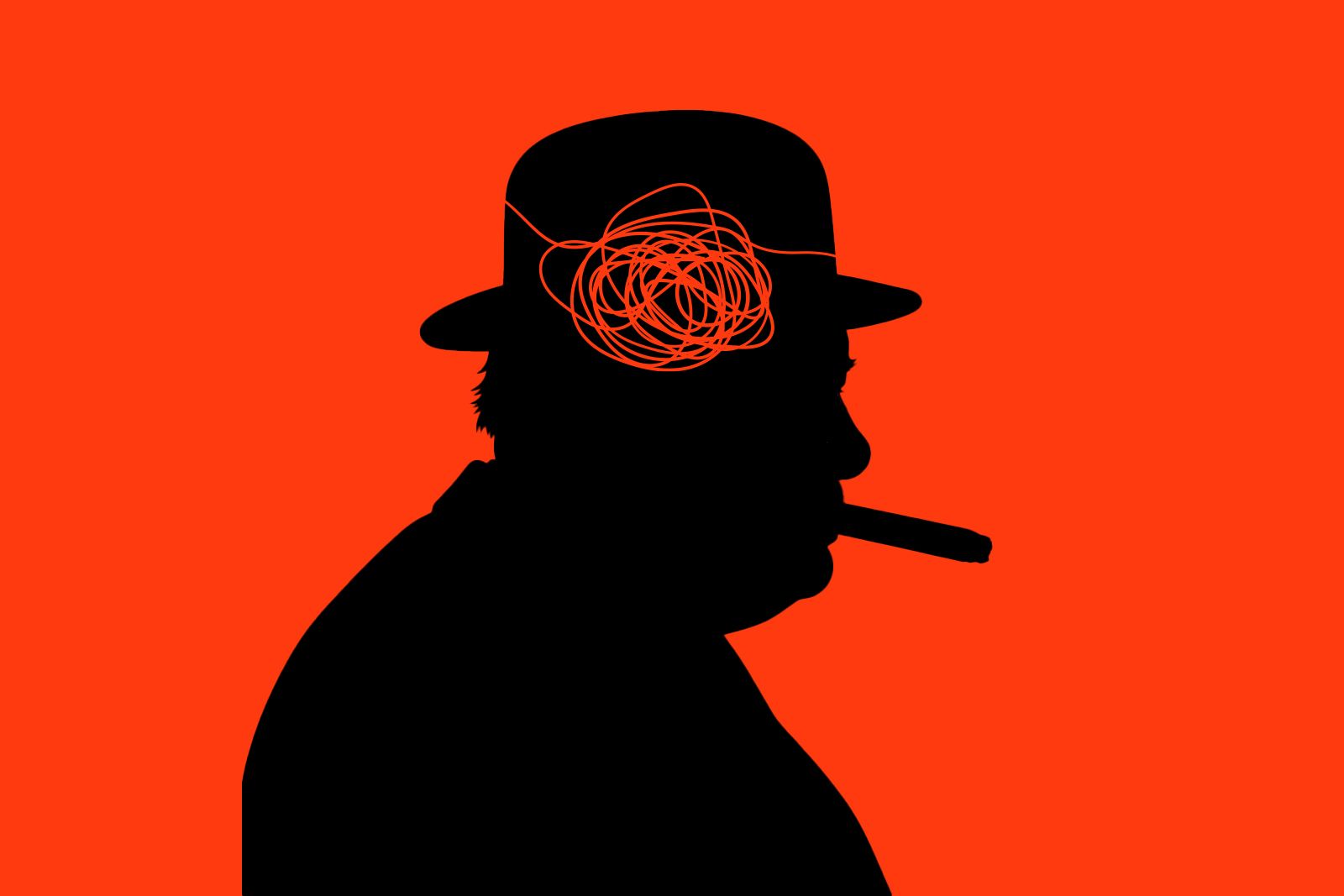How Can We Engineer Our Environment to Unlock High-Impact Creative Insight?
The best ideas arrive when you strategically stop trying so hard.

The best ideas arrive when you strategically stop trying so hard.

The most powerful creative insights rarely surface during structured meetings or while staring intently at a screen. Instead, they often strike when we are distracted and off the clock – in the shower, on a walk, or staring out the window. This is the Paradox of the Breakthrough: our minds deliver the solution only when we step away from the problem.
We call this strategic shift The Churchill Technique – the simple brilliance of stepping away. True creative breakthroughs require conscious Preparation (filling the mind with information) followed by strategic Incubation (letting the mind wander). The objective is to understand the science of the "sensory incubator" to make breakthroughs systematic, not accidental.
High-impact creative thought is not a sustained linear effort; it's a rhythmic dance between two distinct mental states: Focus Mode and Diffuse Mode.
Focus Mode is your analytical engine—the one that drives strategic planning, masters details, and executes complex tasks. It's essential. However, staying in this mode for too long causes cognitive fatigue and what we call "tunnel vision"—getting stuck on a single, suboptimal path.
The Diffuse Mode is where the magic of synthesis happens. Think of it as your mind's internal collaboration space. It activates when you are not concentrating on the external world, allowing your brain to connect non-obvious ideas gathered during your focused phase.
The most creative minds operate with this cooperation—a systematic cycle where intense input is followed by intentional mental wandering. We use this rhythm to ensure the details we collect naturally synthesize into the comprehensive, big-picture solutions our clients need.
The frequent phenomenon of a breakthrough idea striking during a shower or a walk is not an accident; it relies on two primary conditions you can strategically engineer: moderate engagement and sensory restriction.
The ideal break cannot be boring or overly demanding. The activity must be moderately engaging—something like walking or swimming—just enough to occupy the body without restraining the mind. This freedom to wander is what generates truly novel ideas, making innovation systematic.
Activities like showering or driving create the true sensory incubator by removing the common distractions of modern work—notifications, screens, and noise. The steady white noise and consistent environment create a gentle, contained space, encouraging a relaxed, internal state.
The breakthrough moment itself is often heralded by a creative burst—a sudden, subtle shift in brain activity. This shift allows your attention to turn inward to retrieve weakly activated solutions that were previously hidden by intense focus. This proves the goal is not just relaxation, but intentional mental clearance to facilitate powerful, subconscious creative retrieval.
Incubation is most effective for difficult, multi-layered challenges. Simple problems have clear pathways that the focus mode can solve efficiently. Complex challenges, however, require your brain to conduct a broader search for non-obvious connections. Our rule for high-impact strategy is: "Put it aside, but only if the problem is difficult."
Low-level physical activity, such as walking, actively stimulates the creative parts of the brain. The simple act of Progress in space (walking) is mirrored by the process of Progress in thought. This helps us achieve Clarity by cutting through mental noise and making complex ideas accessible.
Engineer Positive Affect: A positive mood enhances creativity and flexible thinking, encouraging your mind to explore long-shot possibilities and remote ideas. A pleasant break, such as a walk in nature, is effective because it naturally boosts this positive state, allowing us to empower brands to tell their stories authentically.
Finally, the incubation activity should be unlike the original problem. For instance, if you're wrestling with a strategic brand narrative (verbal), step away and do something spatial (like an organizational task). This "do something different" approach significantly enhances the desired incubation effect.
Creative Director – Canvass
Innovation is fundamentally a two-step process: intense, focused input followed by intentional, respected rest. By actively engineering your sensory environment, you leverage the subconscious mind to systematically produce high-impact breakthroughs. Stop forcing the solution and start strategically engineering the conditions for its arrival.
What if your creative ideas are the opposite of what you think
We call this The Flip, a technique that pushes us to abandon our current path and deliberately pursue the opposite view.
The magic happens when you introduce an unexpected prompt
We call this The Eno, a technique that pushes us to stop, shift perspective, and deliberately try something different.
We believe ideas have the power to change the world. Whether yours is a spark or a detailed plan, let's explore what's possible.
Message us